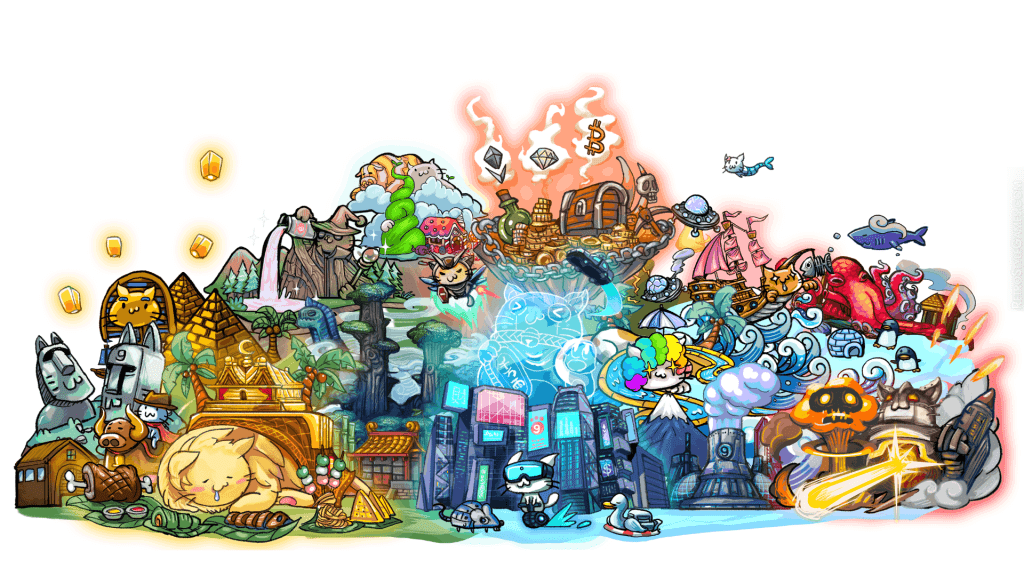As we advance into the digital age, the concept of ownership is undergoing a radical transformation, particularly with the rise of Non-Fungible Tokens (NFTs). Among the most intriguing applications of NFTs is the creation of NFT characters—unique digital avatars that exist on the blockchain, allowing for verifiable ownership and authenticity. As we explore 2024, the significance of NFT characters extends beyond mere collectibles; they are becoming essential elements in gaming, virtual reality, and various cultural contexts. This comprehensive guide will delve into the intricacies of NFT characters, their characteristics, creation processes, and their impact across diverse industries, providing specific examples to illustrate their potential.
What are NFT Characters?
NFT characters are distinct digital representations that exist as non-fungible tokens on blockchain networks. Unlike traditional digital assets, which can be replicated or copied, NFT characters are unique and indivisible, making them valuable for collectors and users. These characters can manifest in various formats, including 2D illustrations, 3D models, and even animated avatars.
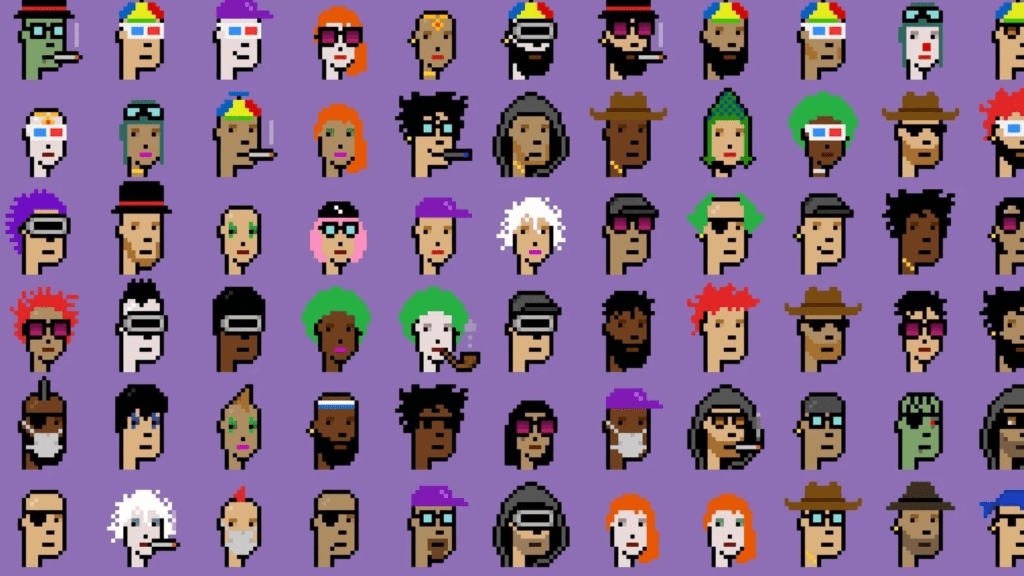
A key feature of NFT character is their programmable nature, allowing creators to embed unique traits or functionalities. For instance, a character might possess specific skills in a game, or it could be designed to interact with other NFTs in a virtual world. The ownership of NFT character is recorded on a blockchain, ensuring transparency and trust, which is crucial in today’s digital economy.
The Rise of NFT Character in 2024
The surge in popularity of NFT characters can be attributed to several interconnected trends. Firstly, the convergence of gaming, social media, and virtual reality is creating an ecosystem where NFT characters thrive. Major gaming companies are increasingly adopting NFT-based systems, allowing players to buy, sell, and trade characters as assets, thereby fostering a new digital economy.
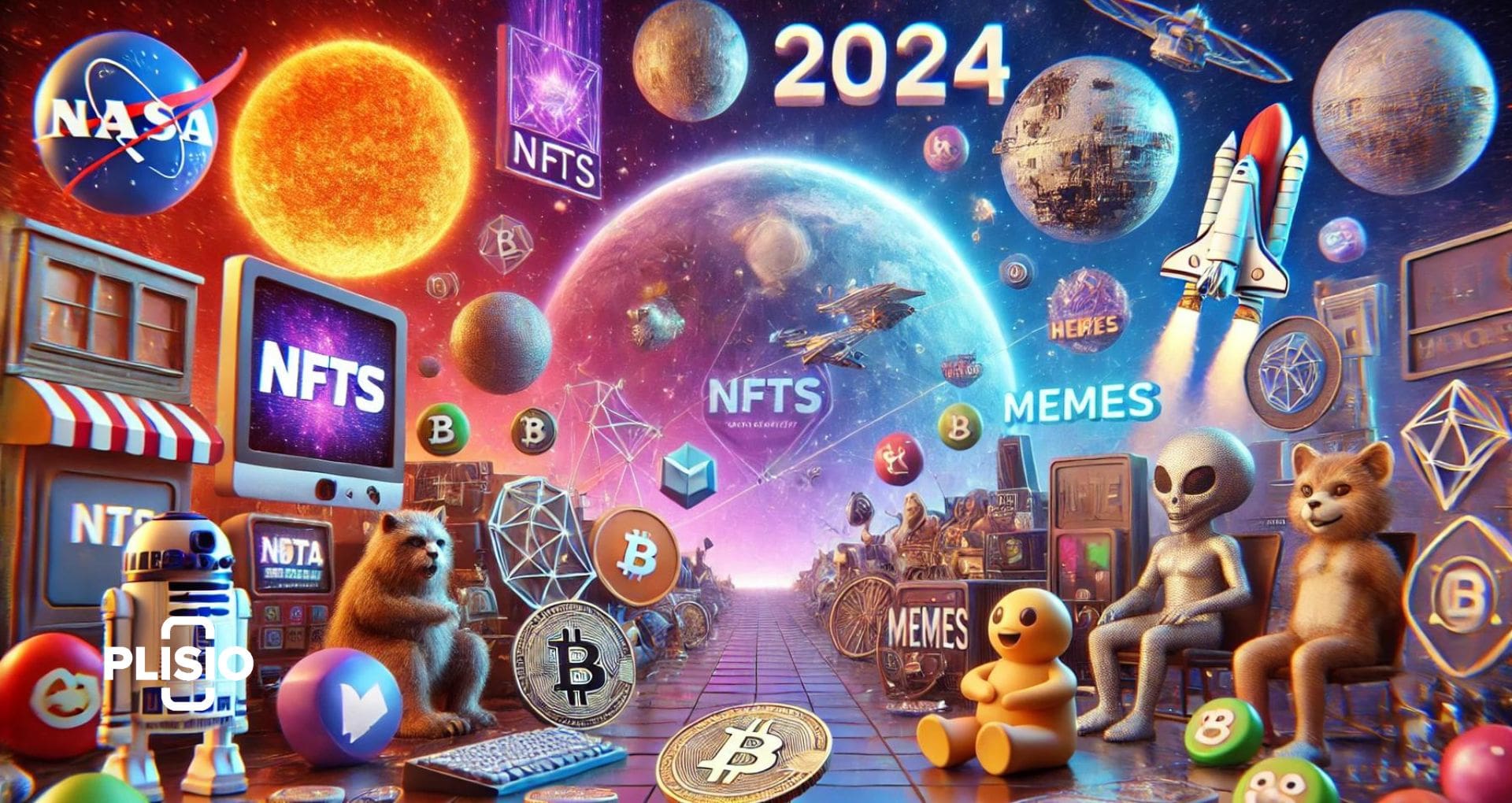
Cultural Acceptance of Digital Ownership
The concept of digital ownership has gained traction, driven by high-profile endorsements from celebrities and influencers. For example, Paris Hilton, an early advocate of NFTs, has launched her own NFT character, “Paris World,” engaging her followers through virtual experiences and exclusive content. This cultural shift towards accepting digital assets has made NFT characters more mainstream, enticing collectors and gamers alike.
Technological Advancements
Technological progress in blockchain infrastructure, graphics rendering, and animation tools has made it easier for creators to produce high-quality NFT characters. As user-friendly platforms emerge, such as OpenSea and Rarible, the barriers to entry for artists and developers have diminished. Consequently, a wider array of unique NFT characters is flooding the market, capturing the imagination of diverse audiences.
Characteristics of NFT Characters
Understanding the characteristics that define NFT characters is crucial for both creators and consumers. These characteristics contribute to their value and functionality in various contexts.
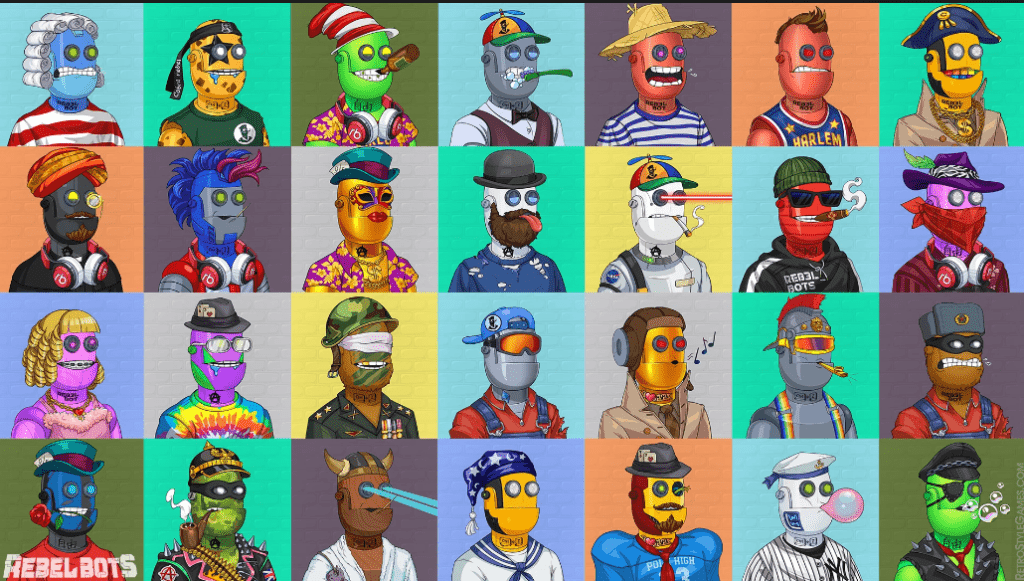
- Uniqueness: Each NFT character is one-of-a-kind, often associated with specific attributes, skills, or visual designs. For instance, in the game “Axie Infinity,” each Axie is a unique creature with distinct traits that affect gameplay and rarity.
- Ownership: The ownership of NFT characters is securely logged on a blockchain, allowing creators and buyers to engage in transactions with confidence. The ownership history is transparent, which adds to the asset’s provenance.
- Programmability: NFT characters can have embedded functionalities, such as special abilities or interactive elements. For example, characters in “Gods Unchained” not only serve as cards in a trading card game but also come with unique abilities that affect gameplay.
- Interoperability: Many NFT characters are designed to be used across multiple platforms and applications. For example, “The Sandbox” allows users to import their NFT characters into its virtual world, enabling cross-game interactions.
- Community and Social Aspects: NFT characters often exist within larger communities, fostering engagement among users. For example, the “CryptoPunks” project has developed a vibrant community around its iconic characters, with collectors and enthusiasts interacting regularly.
- Scarcity and Value: The rarity of NFT characters significantly influences their market value. Limited editions or characters with unique traits can command high prices, attracting collectors. An example is “Bored Ape Yacht Club,” where owning an ape grants access to exclusive events and communities, enhancing its value beyond the initial purchase price.
Creating NFT Characters
Creating NFT characters is a multifaceted process that blends artistic creativity with technical expertise. The journey begins with conceptualization and culminates in minting the character as an NFT.
Process of Creating NFT Characters
- Conceptualization: The initial phase involves brainstorming ideas, focusing on the character’s personality, backstory, and visual style. This stage is critical for defining what makes the character unique.
- Design: Artists create detailed designs based on the concept. This can involve creating character sheets that display different angles, expressions, and outfits. For instance, artists may use Adobe Illustrator for 2D designs or Blender for 3D models.
- Animation: If the character is intended to be animated, animators will create the necessary movement sequences. This can involve frame-by-frame animation or rigging for 3D models. An example is the animated NFT series “Rumble Kong League,” where each character is animated for gameplay.
- Minting: Once the design is complete, the character is minted as an NFT on a blockchain. This process involves selecting a blockchain, such as Ethereum, and using a smart contract to create the NFT. The metadata associated with the NFT, including visuals and character attributes, is also uploaded during this process.
- Listing for Sale: After minting, the NFT character can be listed for sale on platforms like OpenSea or Rarible, where buyers can purchase or bid on it. Market dynamics will often influence the pricing and desirability of the character.
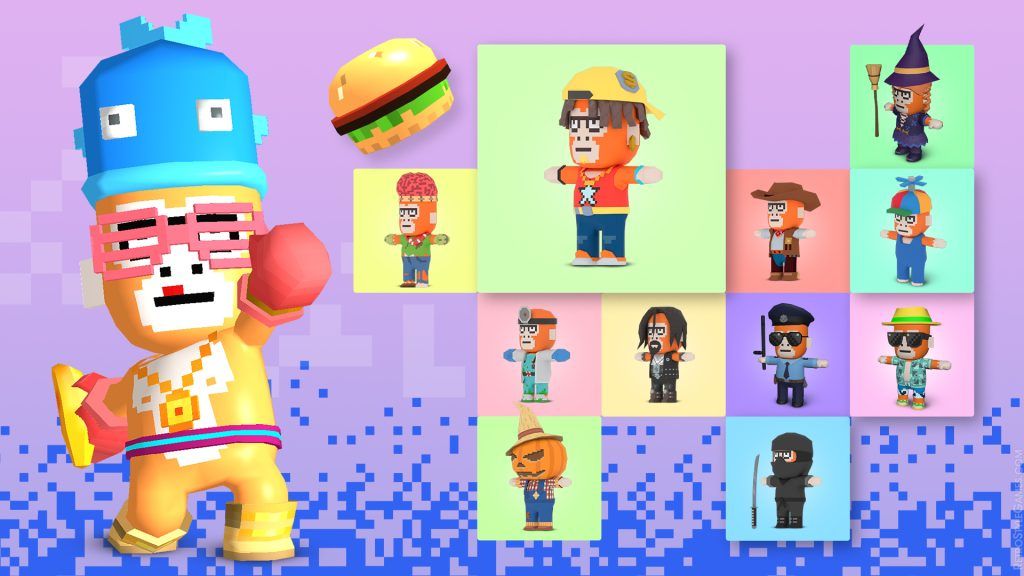
Software and Tools for NFT Character Creation
The tools and software employed in the creation of NFT characters can vary based on the desired outcome. Here are some commonly used tools:
- Graphic Design Software: Programs like Adobe Illustrator and Photoshop are essential for 2D character design, allowing for intricate detailing and coloring.
- 3D Modeling Software: For 3D characters, tools like Blender, Autodesk Maya, and ZBrush are widely used. These platforms provide robust features for modeling, texturing, and animating characters.
- Animation Software: Tools such as Adobe After Effects or Spine are ideal for creating character animations. These applications facilitate the animation process, allowing for more dynamic and engaging characters.
- Blockchain Platforms: To mint NFTs, creators typically use platforms like OpenSea or Rarible, which offer user-friendly interfaces for deploying NFTs on the blockchain.
- Smart Contract Development Tools: Developers seeking to create custom NFTs may utilize Solidity and tools like Remix or Truffle for smart contract development. This knowledge allows for more complex functionalities and customization.
How to Create Animated NFT Character
Creating animated NFT character requires additional steps compared to static designs. The following outlines the process:
- Character Rigging: For 3D characters, rigging is the process of creating a digital skeleton. This allows animators to manipulate the character’s movements easily. For instance, characters in “Decentraland” are rigged to enable dynamic movements in the virtual world.
- Animation Creation: Animators develop movement sequences through techniques like keyframe animation or motion capture. This can include actions such as walking, dancing, or performing specific tasks.
- Rendering: Once the animation is complete, the character is rendered into a final video or GIF format. This step transforms the animated model into a shareable format that can be minted as an NFT.
- Minting the Animated NFT: The animated character is then minted on a blockchain, similar to static NFTs. The animation file is uploaded alongside metadata that describes the character, its abilities, and its attributes.
- Promotion and Sale: Finally, the animated NFT character can be promoted through social media channels and listed on NFT marketplaces for sale. Engaging potential buyers with teasers or behind-the-scenes content can drive interest.
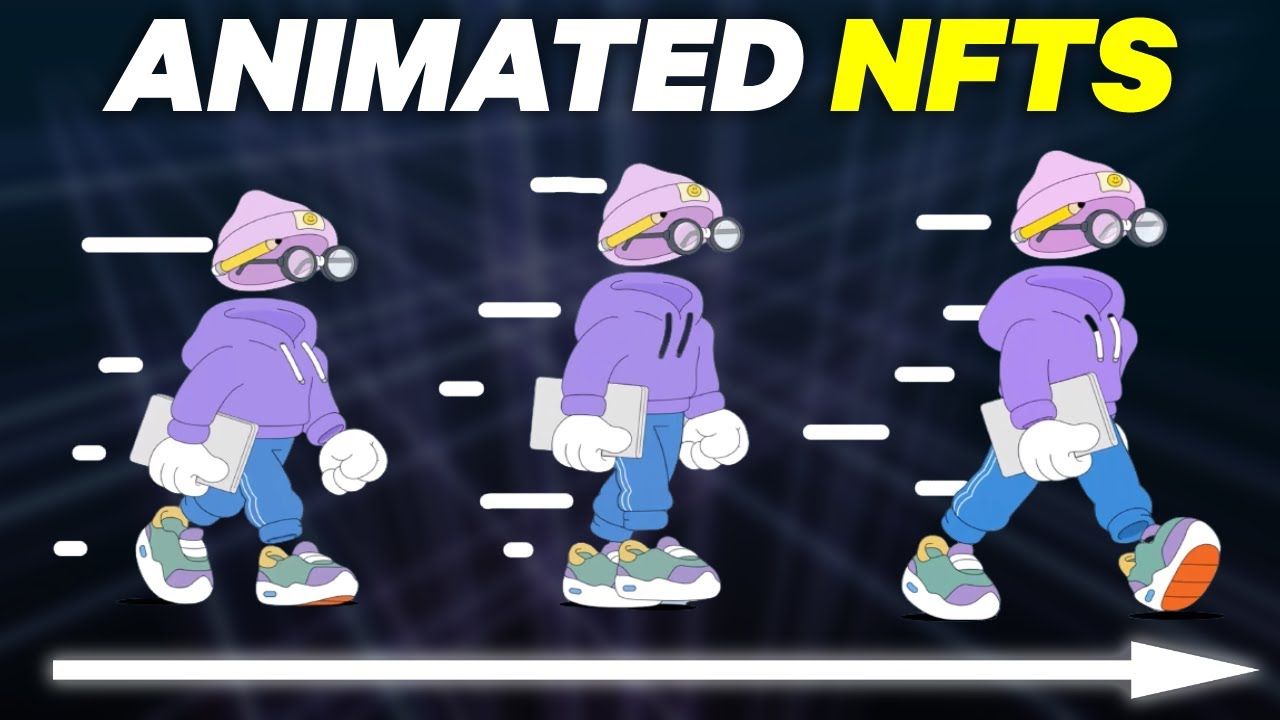
NFT Characters in Games
The gaming industry has embraced NFT characters, offering players unique opportunities for ownership and engagement. By allowing players to truly own their in-game assets, NFT characters can significantly enhance the gaming experience.
Benefits of NFT Characters in Gaming
- Ownership and Trade: Players can own their characters and assets, enabling them to trade on secondary markets. For example, in “Thetan Arena,” players can buy and sell heroes as NFTs, creating a robust marketplace.
- Enhanced Customization: NFT characters can be tailored with unique skins, traits, or abilities. In “Gods Unchained,” players can customize their decks with NFT cards that possess special powers, adding depth to strategy and gameplay.
- Interoperability: Many games are exploring cross-platform compatibility. “The Sandbox” allows players to import their NFT characters into its virtual world, fostering a sense of continuity and shared experience.
- Community Building: NFT characters often foster community interactions. For instance, “World of Women” has created a community around its NFT characters, where owners participate in events and initiatives, enhancing engagement and loyalty.
- Earning Opportunities: Players can earn real money through their skills and character ownership. Games like “Illuvium” reward players with tokens for competing and winning battles, creating a play-to-earn model that incentivizes participation.
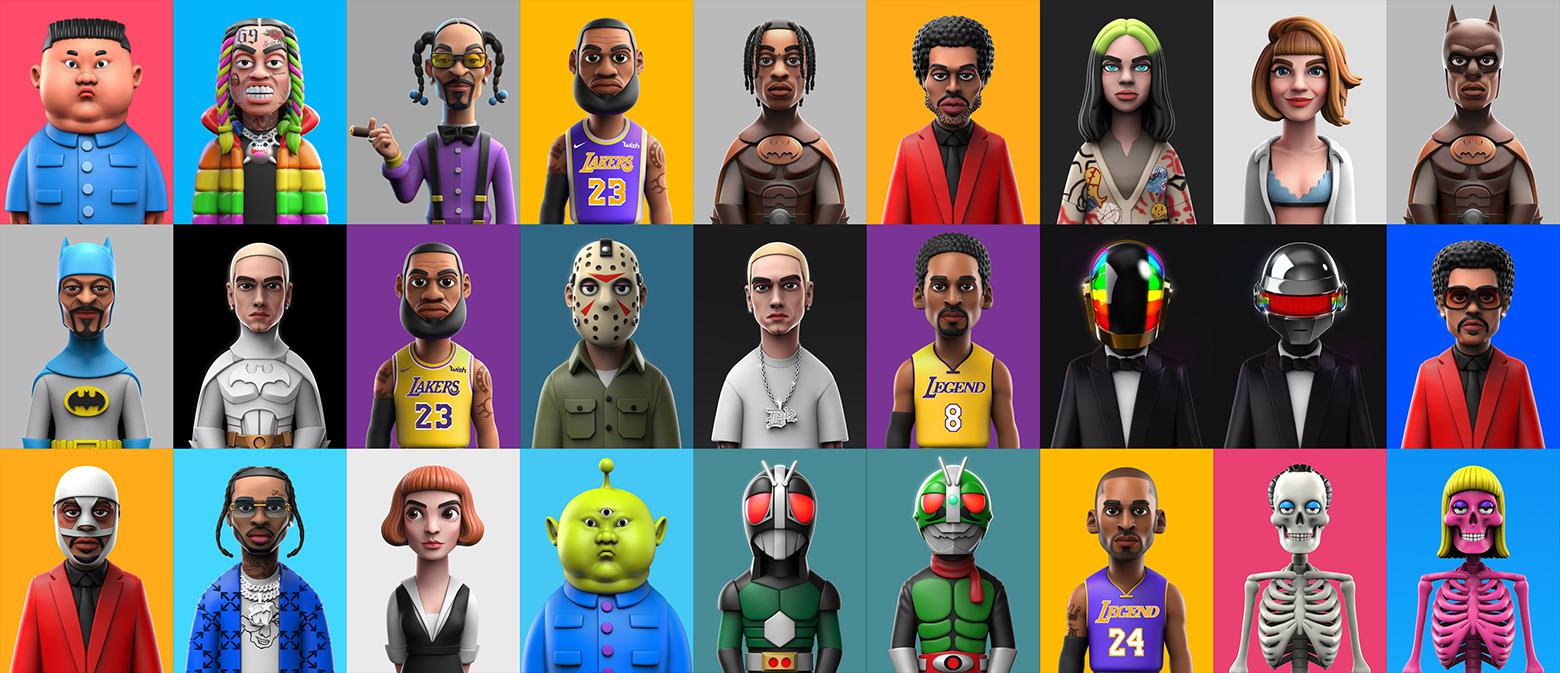
Notable Examples of NFT Characters in Gaming
Several notable games have successfully integrated NFT characters:
- Axie Infinity: Players collect, breed, and battle unique creatures called Axies, each represented as NFTs. The game’s economy has created opportunities for players to earn significant income through gameplay and trading, exemplifying the potential of NFT characters in a gaming context.
- The Sandbox: In this virtual world, users can create and customize their characters, build experiences, and monetize their creations. NFT characters play a crucial role in the game’s ecosystem, allowing users to leverage their digital identities in diverse ways.
- Gods Unchained: This trading card game allows players to own their cards as NFTs, giving them the freedom to trade and sell their assets. The characters within the game not only serve as cards but also come with unique abilities that affect gameplay, demonstrating how NFT characters can enhance the gaming experience.
- CryptoKitties: One of the earliest NFT games, CryptoKitties allows players to collect and breed unique digital cats, each represented as an NFT. The game’s success showcased the potential of NFT characters and laid the groundwork for future NFT applications in gaming.
NFT Characters Across Industries
The influence of NFT character extends beyond gaming into various sectors, including art, fashion, entertainment, and marketing. Their ability to represent digital identities and ownership is reshaping how brands and creators engage with audiences.
Art and Collectibles
NFT characters have revolutionized the art world by allowing artists to create unique digital collectibles. Platforms like SuperRare and Foundation enable artists to showcase and sell their NFT characters, establishing a new model for artists to monetize their work. For instance, artist BossLogic created NFT characters that gained significant attention, merging art and digital ownership.
Fashion and Virtual Wearables
The fashion industry is increasingly exploring NFT character, allowing designers to create digital clothing and accessories for avatars. Brands like Gucci and Balenciaga are collaborating with NFT projects to release limited-edition virtual wearables. An example is “DressX,” a digital fashion platform that offers NFT garments for avatars, enabling users to express their style in virtual environments.
Entertainment and Media
In the entertainment sector, NFT characters are being utilized as virtual influencers, representing brands and artists in the digital space. For example, Lil Nas X launched an NFT character for his music video, allowing fans to engage with a virtual version of the artist. This innovative approach not only engages audiences but also creates new revenue streams for creators.
Marketing and Advertising
Brands are leveraging NFT characters in marketing campaigns, creating unique digital ambassadors that resonate with younger audiences. For instance, the collaboration between Adidas and NFT project “CryptoPunks” led to a limited-edition sneaker drop, blending the worlds of fashion and digital art. This strategy taps into the growing interest in digital ownership and engages consumers in innovative ways.
Conclusion
As we progress through 2024, NFT characters are set to redefine digital identity, ownership, and engagement across various industries. Their unique characteristics, combined with advancements in technology, have made them valuable assets in gaming, art, fashion, and beyond. The process of creating and utilizing NFT characters is becoming increasingly accessible, opening up opportunities for creators and consumers alike.
The rise of NFT characters signifies a new era of digital interaction, where individuals can express themselves through unique avatars while participating in a burgeoning economy. As this trend continues to evolve, we can expect to see even more innovative applications and integrations of NFT characters, shaping the future of digital experiences. The world of NFT characters is just beginning, and its potential is limited only by the imagination of creators and the interests of consumers. The next few years will likely see an explosion of creativity and opportunities as NFT characters continue to integrate into our digital lives, influencing everything from gaming to social media and beyond.
Read more: GET TO KNOW DEFI NFTS WITH FMCPAY

